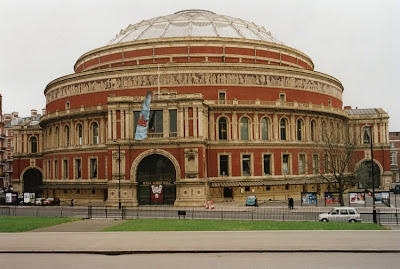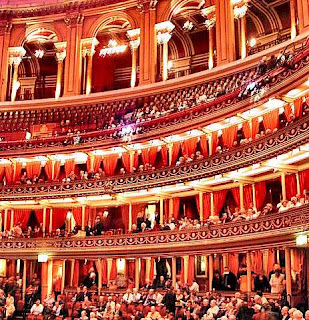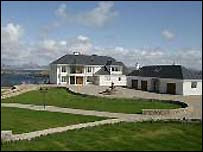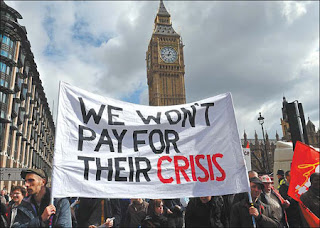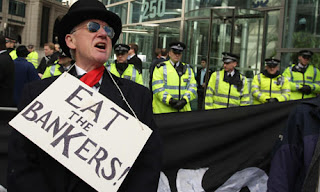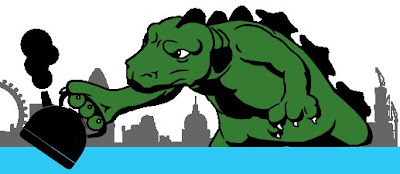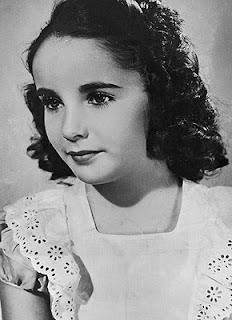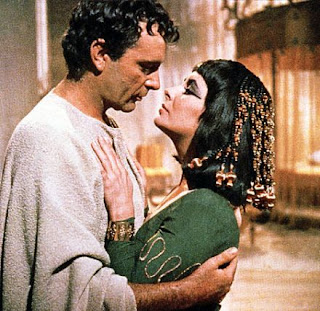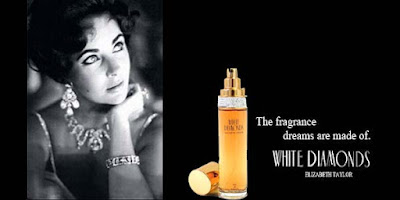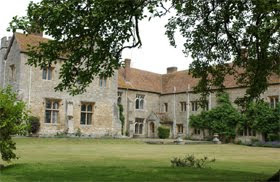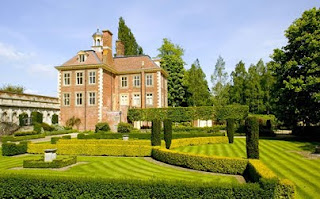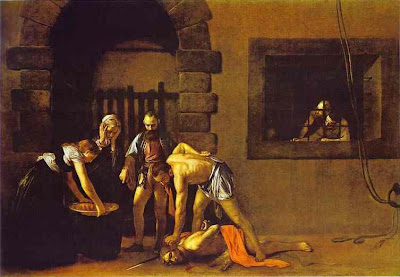
PARAVENT 'BRIQUES', c. 1923-1925
I have long championed the Irish Designer Eileen Gray who greatly influenced 20th Century Design and Architecture at the creative nexus of the Modern Movement. Her iconic seaside villa E-1027 at Roquebrune Cap Martin obsessed the architect Le Corbusier who died of a heart attack swimming in the sea within sight of it. The furniture and fittings she designed for E-1027, an apartment on the Rue Lota in Paris and her own apartment on Rue Bonaparte are classics of 20th Century Design. Her contribution was largely unsung before her death in 1976 but now art connoisseurs are paying huge sums for original examples of her work. Last year a small armchair designed by her achieved the highest prices ever for a piece of 20th Century furniture and yesterday at Christie’s in Paris other pieces achieved truly remarkable prices.

Eileen Gray 1879 - 1976
Eileen Gray is regarded as one of the most important furniture designers and architects of the early 20th century and the most influential woman in those fields. Her work inspired both modernism and Art Deco. Her design style was as distinctive as her way of working, and Gray developed an opulent, luxuriant take on the geometric forms and industrially produced materials used by the International Style designers, such as Le Corbusier, Charlotte Perriand and Mies Van Der Rohe, who shared many of her ideals. Her voluptuous leather and tubular steel Bibendum Chair, and clinically chic E-1027 glass and tubular steel table are now as familiar as icons of the International Style as Le Corbusier and Perriands classic Grand Confort club chairs, yet for most of her career she was relegated to obscurity by the same proud singularity that makes her work so prized today. From her early lacquer work to design classics like the Bibendum chair and her architectural masterpiece, E-1027, Eileen Gray's work was as individual as it was exciting.
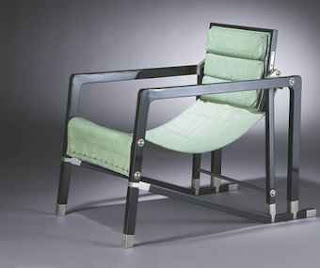
FAUTEUIL 'TRANSAT', c. 1926-1930
Eileen Gray was an extraordinary character, single-minded and individualistic, who managed to capture and express in her own way the prevailing spirit of the age in design through the first decades of the 20th century. She was celebrated in February 2009 during the auction of the Yves Saint Laurent-Pierre Bergé collections at the Grand Palais when her remarkable ‘Serpents’ chair, circa 1917-1919, originally from the collections of fashionable milliner Suzanne Talbot and the quintessence of her work in lacquer, achieved the record sum of €21 million.

Fauteuil aux Serpents

Table d'appoint pour E-1027
Eileen Gray arrived in Paris in 1902, studying at the Académie Colorassi and the Académie Julian before exploring the medium of lacquer after her curiosity was sparked by a visit to a small atelier in Soho. She met Japanese artist Seizo Sugarawa with whom she would work for a number of years. An enigmatic personality, as private as she was determined, she chose in the early 1920s to move away from the highly refined lacquer work of her early days, in order to focus on more functionalist designs in metal, glass and painted wood, inspired at first by the Modernist ideas of the Dutch De Stjil movement.

Eileen Gray in her rue de Bonaparte apartment with the Brick Screen in 1970
Her creativity and vision found expression in new forms, such as the ‘Brick’ screen – developed from the panels she used in the hallway of the apartment of Suzanne Talbot on Rue de Lota, circa 1922. The black-lacquered screen presented here was part of her personal furnishing and featured in her apartment on Rue Bonaparte. Other examples of her work include the floor light, the black and yellow base of which resembles a piece of Constructivist architecture, again made for her own use, or the ‘Transat’ armchair, circa 1925, in black lacquer with seat made from coated canvas, formerly the property of her friend and collaborator architect Jean Badovici, founder of the avant-garde magazine L’Architecture Vivante, 1923.

‘Aéroplane’ ceiling light
Her unique inspiration can be seen in her ‘Aéroplane’ ceiling light, circa 1925-28, constructed like an abstract sculpture from metal elements and two sheets of glass, one white, one blue. This specific example had belonged to Miss Gray. Another was commissioned by the eminent connoisseur and patron of Modernism, the Maharaja of Indore.
The Gourdon Collection of Art Nouveau, Art Deco and modernist design is being sold by Christie’s International at the Palais de Tokyo on March 29-31, 2011. The 500 works are owned by French collector Laurent Negro, who has been buying 20th-century design since the 1990s. Her 1920s black lacquer “Brick” screen sold at auction last night. The black lacquered screen panel, part of the late Co Wexford designer's personal furniture at her Paris apartment, was one of the first pieces to go under the hammer last night and sold for €1.3m at Christie's in Paris. The 1923-1925 'Brick' screen was among 15 Gray pieces that are expected to fetch up to €6m by the end of the auction tomorrow. An Bibendum Armchair - with a tubular chrome base and puffy seats - that is seen as a classic example of her radical foray into modernism - sold for €709,000, while a circa 1926-1929 standing table fetched €241,000.

Her works were included in the prestigious Gourdon Collection which went under the hammer at the Palais de Tokyo in Paris yesterday. The collection is regarded as one of the most important private collections of early 20th Century modern art. Eileen Gray was born in Brownswood, near Enniscorthy, Co Wexford in 1879, and died in Paris aged 99. The furniture from her Paris apartment now forms the centrepiece of the Eileen Gray exhibition at the National Museum, Collins Barracks in Dublin. It is good that this most famous Irish designer’s great talent is recognised in her own country and in the extraordinary prices her works achieve in the salerooms.

Maison en bord de mer E.1027 - Roquebrune Cap Martin
For more on E-1027, the iconic Moderne house designed by Eileen Gray at Roquebrune Cap Martin see;
http://daithaic.blogspot.com/2008/09/e-1027-roquebrune-cap-martin.html
For the story of Eileen Gray’s armchair, Fauteuil aux Serpents, which achieved the highest price ever for a piece of 20th Century furniture see;
http://daithaic.blogspot.com/2009/02/eileen-grays-armchair.html
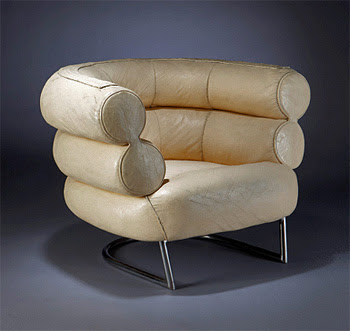
FAUTEUIL 'BIBENDUM', c. 1926-1929
